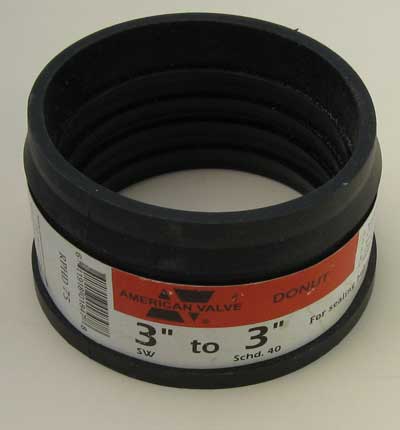K9mlxj
Member
I had a slow water problem today in the shower. I put in some drain cleaner.
Afterward, I discovered a hole on a short galvnized pipe joining two CI pipe joints.
Hole in pipe - Close View:

Another view (from the other side):

(1) From shower drain
*(2) Hole in the short galvanized pipe
(3) Connects to roof surface
The pipe going upward is one that goes up and thru' an opening in the roof.
(4) From Tub drain
(5) Goes down to main drain pipe
Is that going to be major repair? What other pipes need to be changed out to make room to replace this galvanized pipe?
The drain cleaner states it's safe on pipes. Looks like it's not.
*BTW, does the rusty (reddish brown) exterior-look of the CI pipe indicate any condition of the pipe that needs to be replaced?
Also, what'd be an alternative safe way to remove hard water mineral buildup along CI drain pipes?
Thx much for help... .
Afterward, I discovered a hole on a short galvnized pipe joining two CI pipe joints.
Hole in pipe - Close View:

Another view (from the other side):

(1) From shower drain
*(2) Hole in the short galvanized pipe
(3) Connects to roof surface
The pipe going upward is one that goes up and thru' an opening in the roof.
(4) From Tub drain
(5) Goes down to main drain pipe
Is that going to be major repair? What other pipes need to be changed out to make room to replace this galvanized pipe?
The drain cleaner states it's safe on pipes. Looks like it's not.
*BTW, does the rusty (reddish brown) exterior-look of the CI pipe indicate any condition of the pipe that needs to be replaced?
Also, what'd be an alternative safe way to remove hard water mineral buildup along CI drain pipes?
Thx much for help... .
Last edited:




